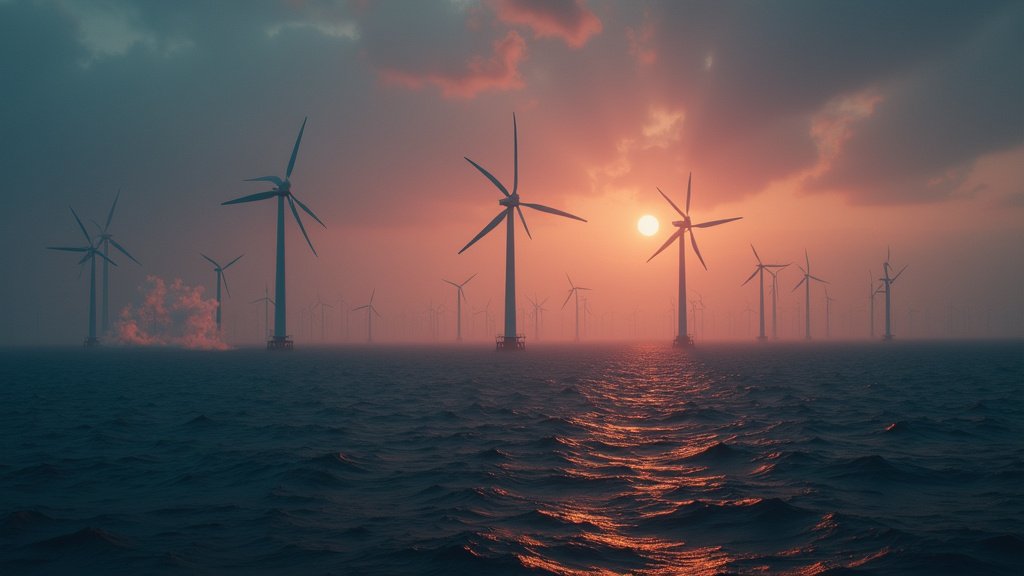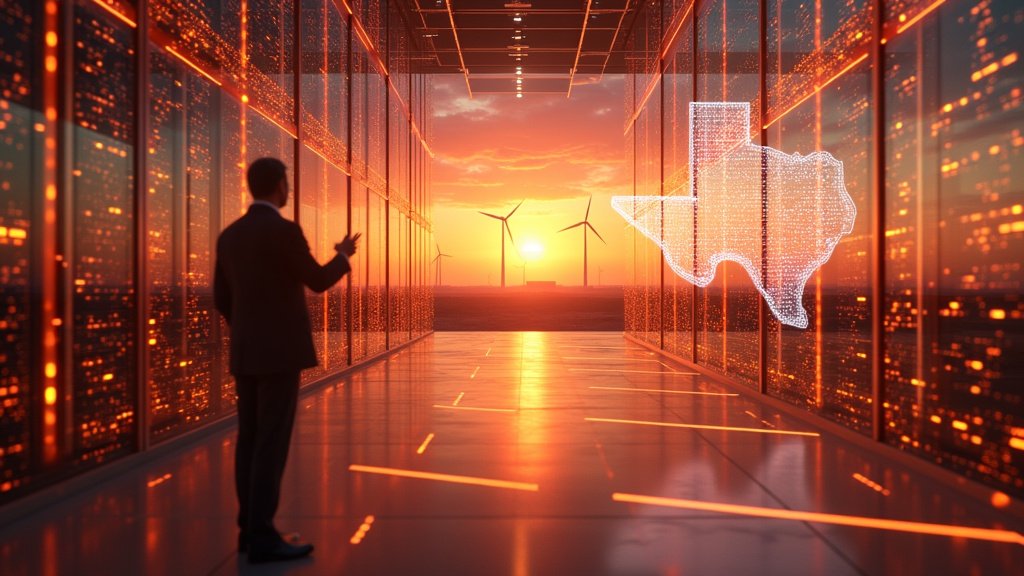Texas Lawmakers Move to Block Offshore Wind Projects from ERCOT Grid
Austin, TX – Texas legislators are advancing a bill that could significantly hamper the development of offshore wind energy in the state. The proposed legislation aims to prevent offshore wind projects and their associated grid infrastructure in Texas waters from connecting to the Electric Reliability Council of Texas (ERCOT) power grid. This move signals a potential setback for the burgeoning offshore wind industry in the region and has implications for future energy projects along the Texas Gulf Coast.
The bill’s progress underscores the ongoing discussions and policy debates surrounding renewable energy sources and the expansion of grid infrastructure within Texas. As the state grapples with increasing energy demands and explores ways to diversify its power generation portfolio, decisions concerning renewable energy sources and grid connectivity are taking center stage. The advancement of this bill suggests a cautious approach to integrating offshore wind into the state’s energy mix, at least for the time being.
Implications for Renewable Energy Development
The Texas Gulf Coast is known for its significant wind resources, and the prospect of harnessing these resources through offshore wind farms has generated considerable interest. However, the proposed legislation raises questions about the feasibility of developing these projects and their ability to contribute to the state’s energy supply. By restricting access to the ERCOT grid, the bill effectively limits the avenues available for transmitting power generated by offshore wind facilities. This is a crucial factor because ERCOT manages the flow of electricity to most of Texas and is the only grid system in the state.
The decision to block connectivity to ERCOT could deter investment in offshore wind projects, as developers need a way to deliver their electricity to consumers. Without a viable path to market, the economic viability of these projects is severely compromised. This bill, therefore, has the potential to slow down or even halt the development of offshore wind energy along the Texas coast.
A Complex Energy Landscape
Texas has long been a leader in the production of wind energy, primarily through onshore wind farms. However, the expansion into offshore wind presents a unique set of challenges, including higher construction and operational costs, as well as technical complexities associated with building and maintaining facilities in the marine environment. The bill could be seen as a reflection of these challenges, combined with political considerations about the role of renewable energy and the overall energy mix.
The debate over the bill is likely to involve various stakeholders, including renewable energy developers, environmental groups, and utility companies. Each group has its own interests and perspectives on the role of offshore wind in the state’s energy future. The bill’s fate will depend on how these diverse interests are balanced and how the legislature ultimately weighs the potential benefits of offshore wind against the perceived challenges.
Navigating the Future of Power
The legislative action reflects the evolving energy landscape in Texas and the ongoing efforts to balance energy security, environmental concerns, and economic development. As the state continues to grow and its energy needs increase, decisions about grid infrastructure and renewable energy sources will become even more critical. The passage or defeat of this bill will have lasting impacts on the future of power generation and distribution in the state.
The bill’s advancement also highlights the complex interplay between state policies and federal initiatives. Federal incentives and regulations often play a role in promoting renewable energy projects, and state-level decisions can either support or impede these efforts. This bill’s progression therefore becomes a pivotal event, signaling the direction Texas might take regarding future wind energy projects and the expansion of its grid.
Looking Ahead
As the bill moves forward in the legislative process, further debate and amendments are expected. The final version of the bill will shape the future of offshore wind energy development in Texas, influencing the state’s renewable energy portfolio and its ability to meet the growing demand for electricity. The outcome of these policy decisions will have ripple effects, impacting the local economy and potentially influencing decisions made about grid expansion and the overall approach to energy policy in the state.






